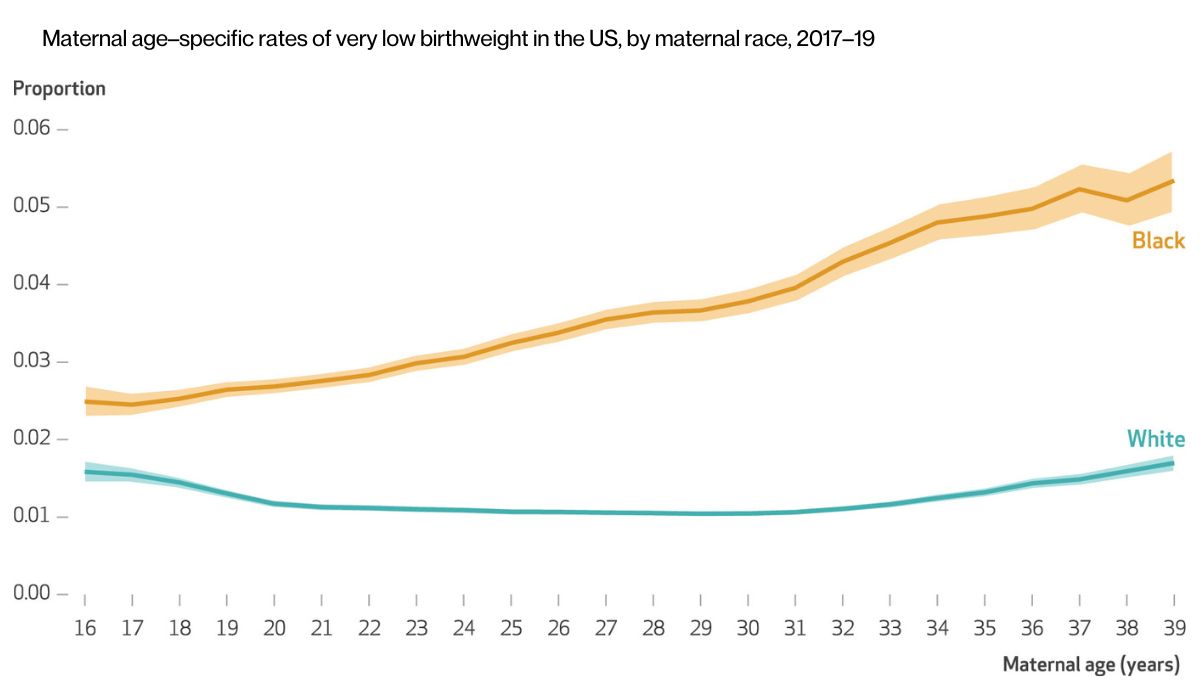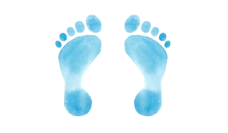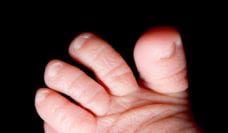The landscape of motherhood is changing. Many are opting out of motherhood altogether, or are focusing instead on careers and other fulfilling parts of life that push motherhood farther along in years. Now more than ever, more people are giving birth in their thirties than in their twenties. While there is technology and medicine to support moms of all ages, proper care for older mothers is not equally shared across racial groups.
While there are many factors that influence a baby having a low birth weight, age (especially teens and moms over 35 years of age) increase odds of giving birth to “very low weight infants” (under 5.8 lbs). This condition can lead to poor neonatal outcomes if not treated properly. About 8% of babies born in the U.S. are very low-weight, and they are 20 times more likely to die prematurely than heavier infants.
Arline Geronimus and her team at the University of Michigan analyzed national birth data files for all U.S. women giving birth for the first time between 1989-2019. As the graph above shows, Black mothers are giving birth to very low-weight children on average nearly twice as often as White mothers, with the gap in low birthweight increasing as maternal age increases.
Geronimus and team recommend robust reproductive justice initiatives to disrupt this disparity. Increased distribution of maternal care providers (such as doulas and midwives), family support initiatives, and consistent support for Black mothers throughout their pregnancies serve as important policies to address this persistent inequity in birthweights and tip the scales toward a more just distribution of maternal care during pregnancy.
Databyte via Arline T. Geronimus, John Bound, and Landon Hughes. Trend Toward Older Maternal Age Contributed To Growing Racial Inequity In Very-Low-Birthweight Infants In The US. Health Affairs, 2023.














